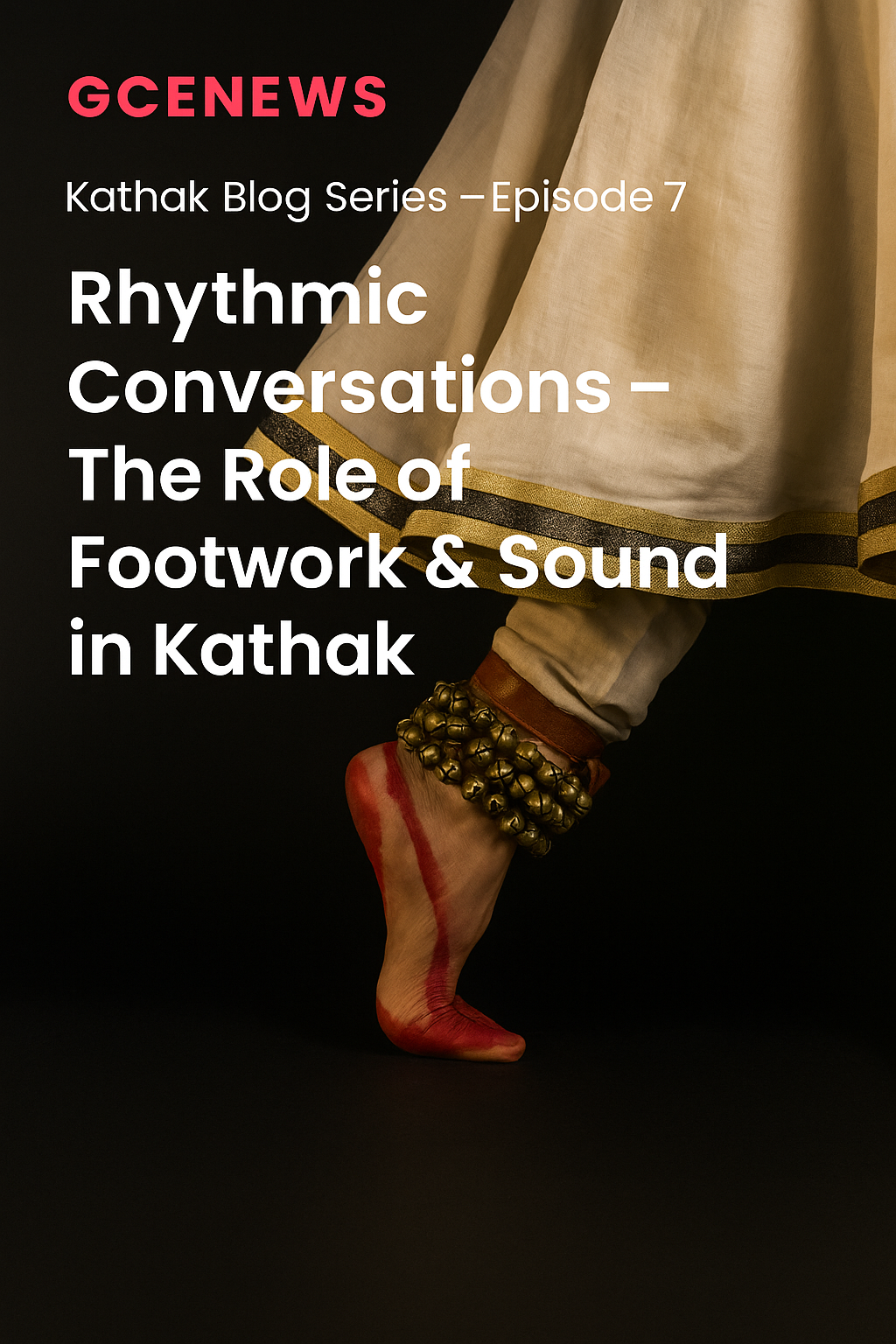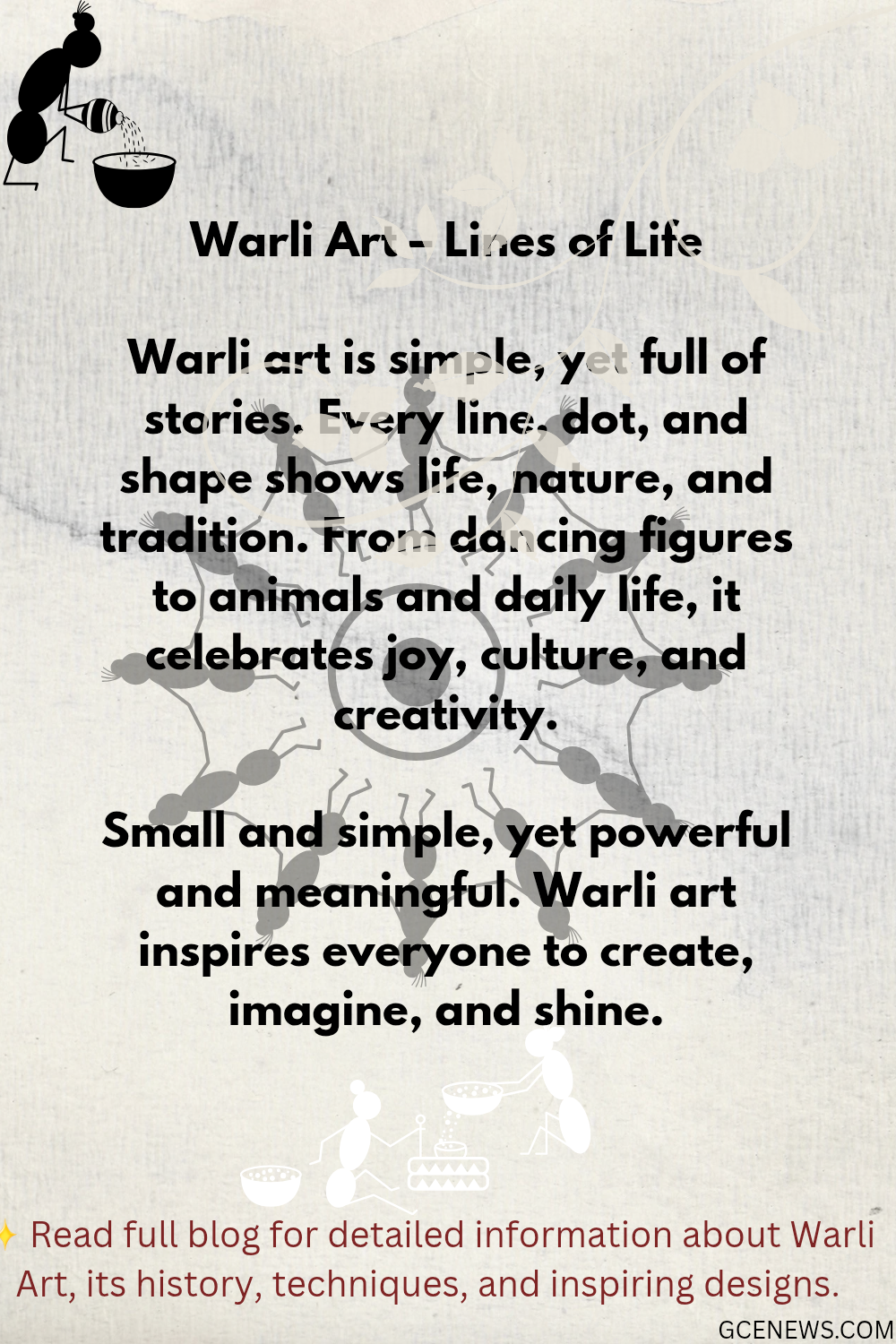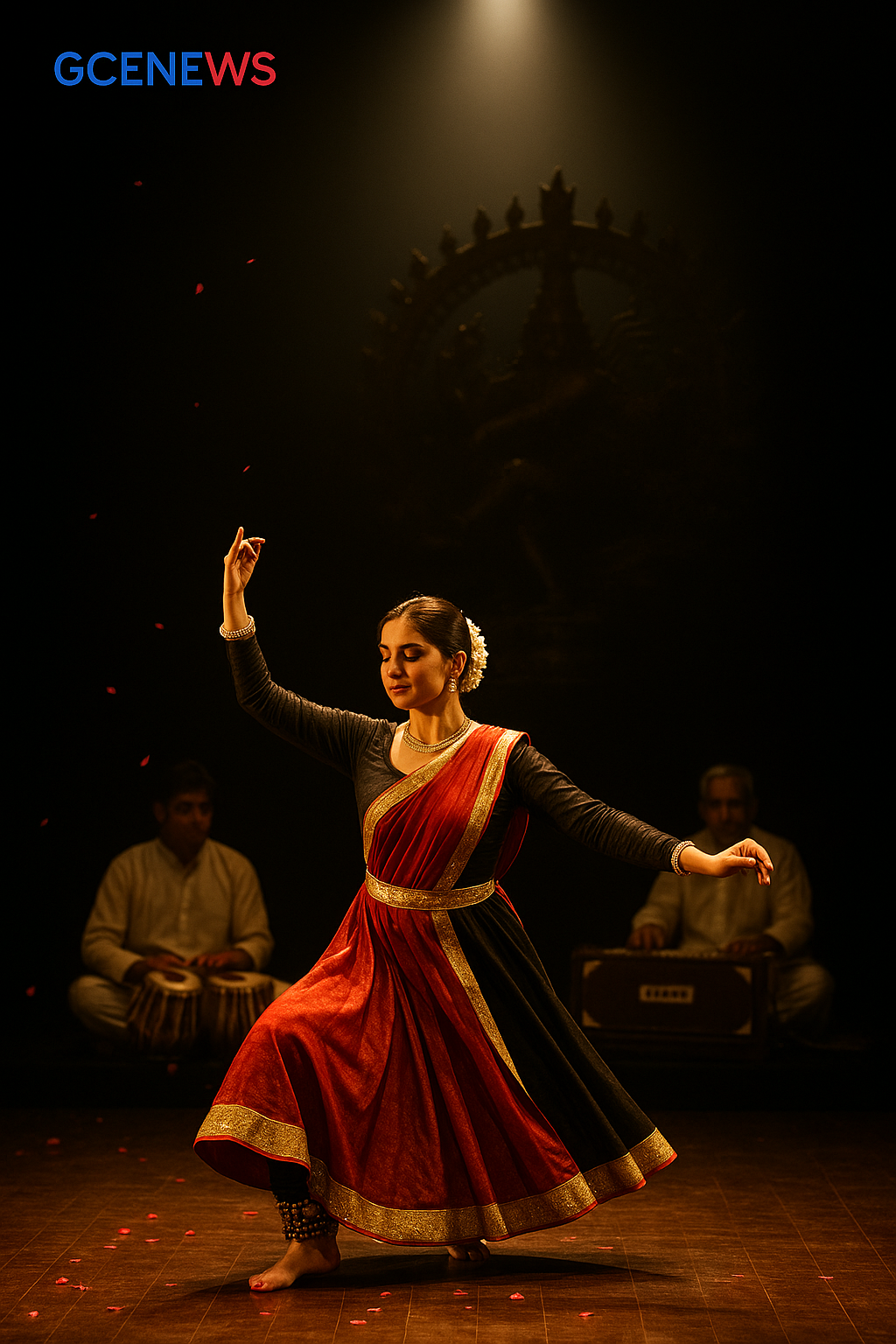Episode 7 of kathak series

💃 Kathak Blog Series – Episode 7
“Rhythmic Conversations – The Role of Footwork & Sound in Kathak”
Hello readers!
I’m your writer and well-wisher, welcoming you back to the soulful journey of Kathak, where every ghungroo speaks and every spin tells a story.
In this Episode 7, we dive into the heart of Kathak — its footwork (Tatkar), rhythmic syllables (Bols), and the beautiful connection between sound and storytelling.
Before we begin, here’s a quick look back.
And now, let’s move forward to a world of sound, beats, and rhythm.
🔔 The Soul of Kathak Lies in Tatkar
Tatkar means footwork — the basic building block of every Kathak routine.
It is not just dancing… it is a dialogue with the floor, a rhythmic vibration that connects the dancer to the audience.
💥 Each tap of the foot is a word.
💥 Each set of beats is a sentence.
💥 And together, they form poetry without words.
🗣️ What Are Bols?
“Bols” are rhythmic syllables spoken aloud — like Ta Thai Thai Tat, Aa Thai Thai Tat — that match the dancer’s movements.
There are 3 layers in every performance:
- Padhant (Recitation of the bols)
- Tatkar (Footwork matching the bols)
- Lehra or Tabla (Instrumental rhythm that supports it)
Imagine a dancer reciting “Dha Dhin Dhin Dha” while stamping the same beats — that’s how movement, voice, and music unite.
🌀 Taal – The Musical Framework
Kathak revolves around Taals — cycles of beats.
🔹 Teentaal (16 beats) – Most common
🔹 Ektaal (12 beats) – Complex but graceful
🔹 Jhaptal (10 beats) – Used for deeper expressions
🔹 Dhamar (14 beats) – Spiritual and ancient
Every footwork sequence fits perfectly within these taal cycles — like mathematical poetry set to motion.
🎤 Footwork = Dialogue with the Audience
In Kathak, the dancer sometimes speaks with their feet.
- When expressing joy, footwork is fast, light, and full of spins.
- In sorrow, movements slow down, becoming heavy and thoughtful.
- During devotional acts, the rhythm matches the bhajan or kirtan being expressed.
This footwork is not random — it tells the mood, theme, and story.
🧠 Did You Know?
✔️ Professional Kathak dancers practice footwork on wooden boards to hear the perfect sound
✔️ Ghungroos (ankle bells) aren’t for decoration — they help measure accuracy
✔️ Great Kathak artists can perform Tatkar for 30+ minutes without stopping
That’s why they say:
“If storytelling is the soul of Kathak, then Tatkar is its heartbeat.”
💬 Final Thought
Kathak is not just a dance form — it's a language of rhythm.
With every beat, every bell, every bol… a story unfolds.
So next time you hear the sound of ghungroos, pause and listen.
It might just be a story… waiting to be told with feet.
📚 Read More from the Series:
🔸 Episode 1 – Origin of Kathak
🔸 Episode 2 – Gharanas of Kathak
🔸 Episode 3 – Basic Movements
🔸 Episode 4 – Costume & Makeup
🔸 Episode 5 – Iconic Kathak Figures
🔸 Episode 6 – Kathak and Emotions
🌟 Coming Soon: Episode 8 – Kathak and Mythology: Dancing the Stories of Gods & Goddesses




